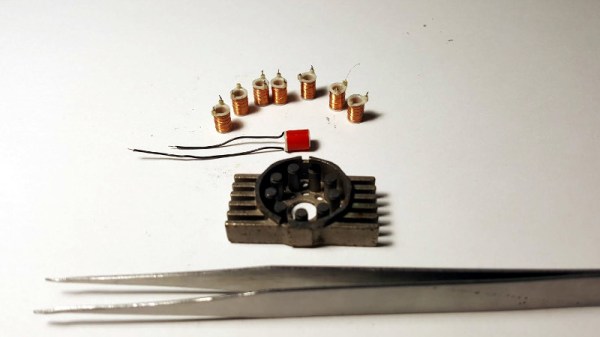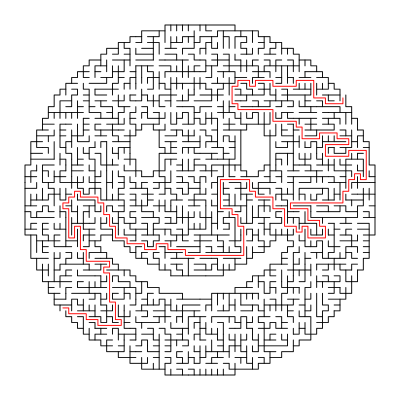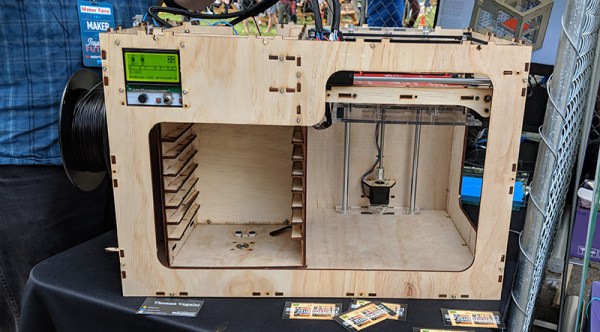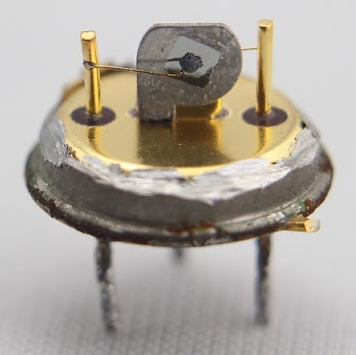Dot matrix printers are the dinosaurs that won’t go extinct. They are not unlike a typewriter with the type bars behind the ink ribbon replaced by a row of metal pins controlled by solenoids, each pin being capable of printing a single pixel. At their best they could deliver a surprising level of quality, but their sound once heard is not forgotten, because it was extremely LOUD.
[Wpqrek] bought an old dot-matrix printer, a Commodore MPS 803. Sadly it didn’t live up to the dot-matrix reputation for reliability in that it didn’t work, some of its pins weren’t moving, so he set to on its repair. Behind each of those pins was a solenoid, and after finding a crack in the flexible ribbon to the head he discovered that some of the solenoids were open-circuit. On dismantling the head it became apparent that the wires had detached themselves from the solenoids, so he very carefully reattached new wires and reassembled the unit. Of course, he had no replacement for the flexible ribbon, so he made a replacement with a bundle of long lengths of flexible hook-up wire. This hangs out of the top of the printer as it follows the carriage, but for now it keeps the device working.
Dot-matrix printers are a favourite for our readership. Among others, we’ve seen another Commodore get the Python treatment, as well as an Apple capable of printing in full colour.




























